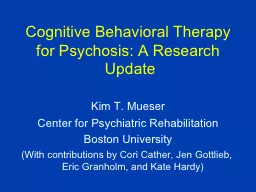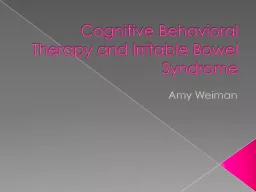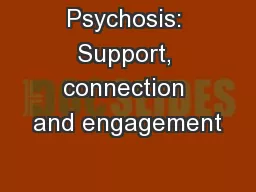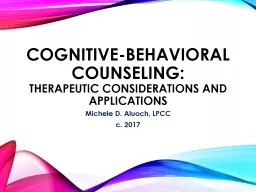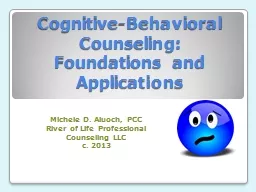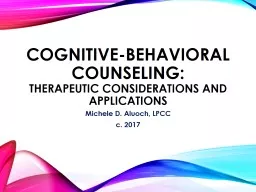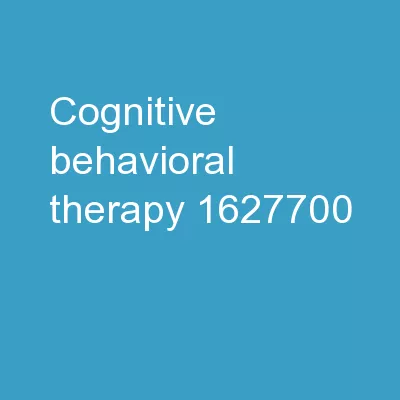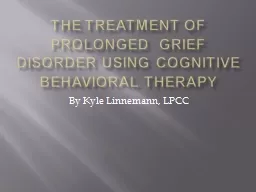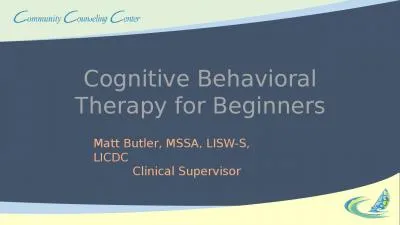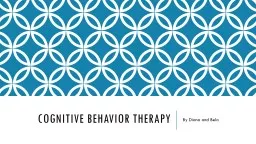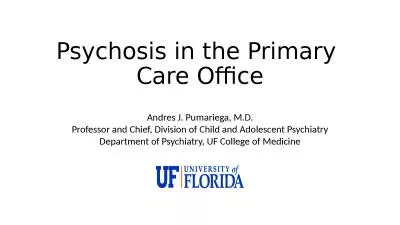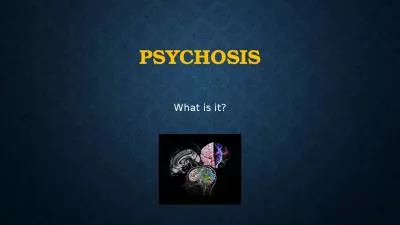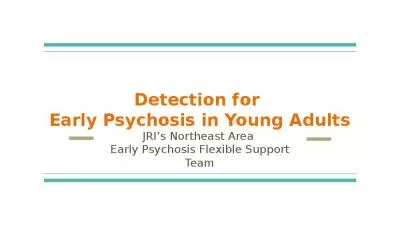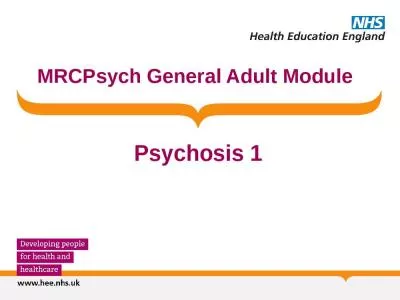PPT-Cognitive Behavioral Therapy for Psychosis: A Research Upda
Author : giovanna-bartolotta | Published Date : 2017-12-05
Kim T Mueser Center for Psychiatric Rehabilitation Boston University With contributions by Cori Cather Jen Gottlieb Eric Granholm and Kate Hardy Disclosure All
Presentation Embed Code
Download Presentation
Download Presentation The PPT/PDF document "Cognitive Behavioral Therapy for Psychos..." is the property of its rightful owner. Permission is granted to download and print the materials on this website for personal, non-commercial use only, and to display it on your personal computer provided you do not modify the materials and that you retain all copyright notices contained in the materials. By downloading content from our website, you accept the terms of this agreement.
Cognitive Behavioral Therapy for Psychosis: A Research Upda: Transcript
Download Rules Of Document
"Cognitive Behavioral Therapy for Psychosis: A Research Upda"The content belongs to its owner. You may download and print it for personal use, without modification, and keep all copyright notices. By downloading, you agree to these terms.
Related Documents

